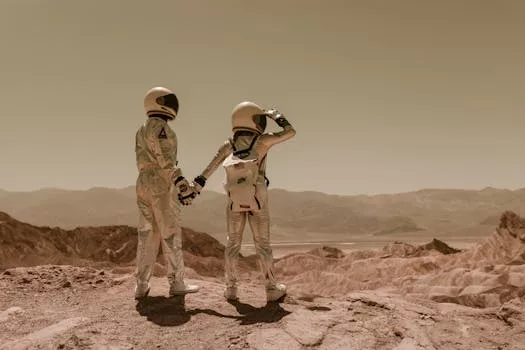
“
From Stardust to Dreams: Imagining Life Beyond the Stars
Introduction to the Cosmos and Life Beyond Earth
From Stardust to Dreams: Imagining Life Beyond the Stars is a journey that takes us through the vast expanse of the universe, exploring the possibilities of life beyond our planet. The universe is estimated to be around 13.8 billion years old, with over 100 billion galaxies, each containing billions of stars. The potential for life-supporting planets is vast, and the discovery of exoplanets has opened up new avenues for exploration and research. For more insights, check out our WordPress SEO Guide on this topic.
Understanding the Building Blocks of Life
The building blocks of life are the elements that are found in all living organisms, including carbon, hydrogen, oxygen, nitrogen, and phosphorus. These elements are created in the hearts of stars through a process known as stellar nucleosynthesis. The elements are then dispersed into space when the star dies, forming a cloud of gas and dust that can eventually give rise to new stars and planets. This process is known as the galactic cycle of life. To delve deeper into the imaginative aspects of the cosmos, explore Charting New Realms.
Exploring the Possibilities of Life Beyond Earth
The possibility of life existing beyond Earth is a topic of ongoing research and debate. There are several factors that are considered essential for life to exist, including the presence of liquid water, a stable atmosphere, and a reliable source of energy. Astronomers use a variety of methods to search for life, including studying the atmospheres of exoplanets for signs of oxygen, methane, or other biomarkers. For a creative perspective on this exploration, visit Beyond Stars: Where Imagination Takes Flight.
Takeaways
- The universe is vast and contains billions of galaxies, each with billions of stars.
- The building blocks of life are created in the hearts of stars and are dispersed into space when the star dies.
- The possibility of life existing beyond Earth is a topic of ongoing research and debate.
See more:
https://www.nasa.gov/
https://www.esa.int/
https://www.space.com/




